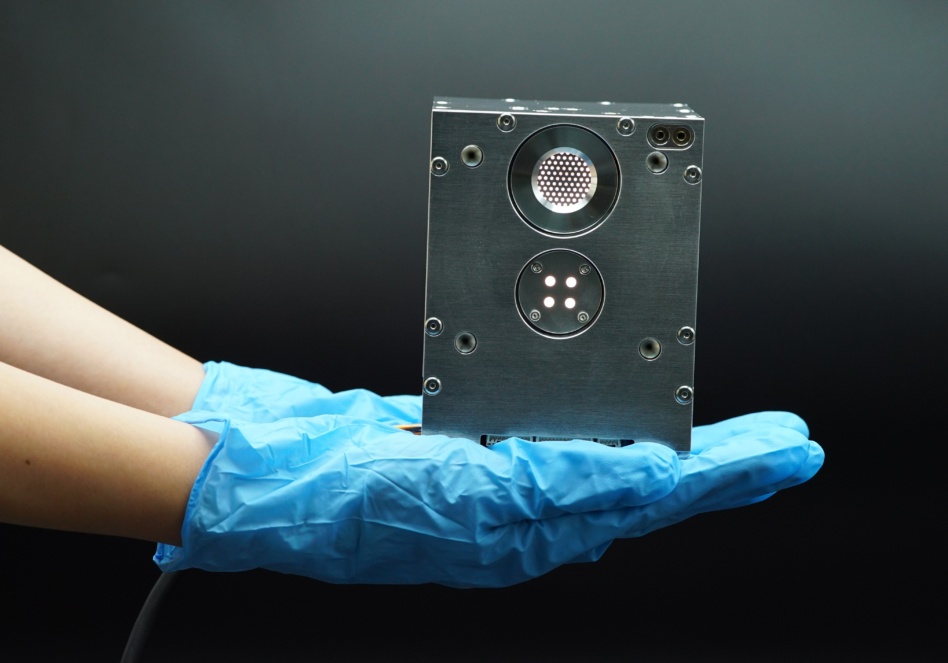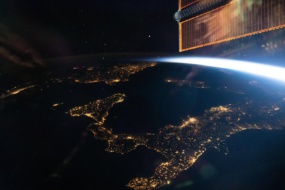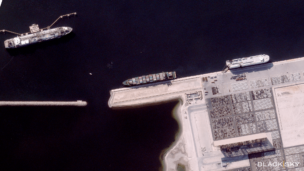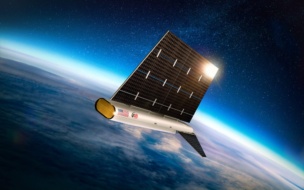Japanese startup Pale Blue announced that it successfully tested its water propulsion thrusters in space for the first time. The propulsion system, which is installed on Sony’s “EYE” satellite, operated for 2 minutes without hiccups.
“Water propulsion has been well known to exist, but I think performance has been the big reason why people wrote off water,” Pale Blue COO Toku Sakai told Payload. “That was the key pain point that we were able to unlock with our propulsion technology.”
Water Propulsion Method
Water propulsion creates thrust by heating water to generate steam and then expelling out the nozzle. Weighing just 1.4kg, the thrusters can be appended to a microsatellite to help maintain its orbit.
Pale Blue is betting that the cost-effective and sustainability properties of water positions it well to be the preferred fuel for next-gen satellite thrusters.
- It’s a cost-effective propellant compared to Xenon, a commonly-used noble gas which has seen prices surge during the Russian-Ukrainian conflict.
- Water is an abundant resource, not just on Earth but also on the Moon, making it a sustainable long-term solution.
- Because water is not pressurized, in-space refueling can be a much simpler process.
What’s next: In the next few weeks, the Pale Blue thrusters will exit test mode and begin maneuvering Sony’s satellite into its targeted orbits. Going forward, with a successful demonstration under its belt, the company will look to expand the commercial use of its propulsion system beyond Sony and into the broader nano-satellite market.




